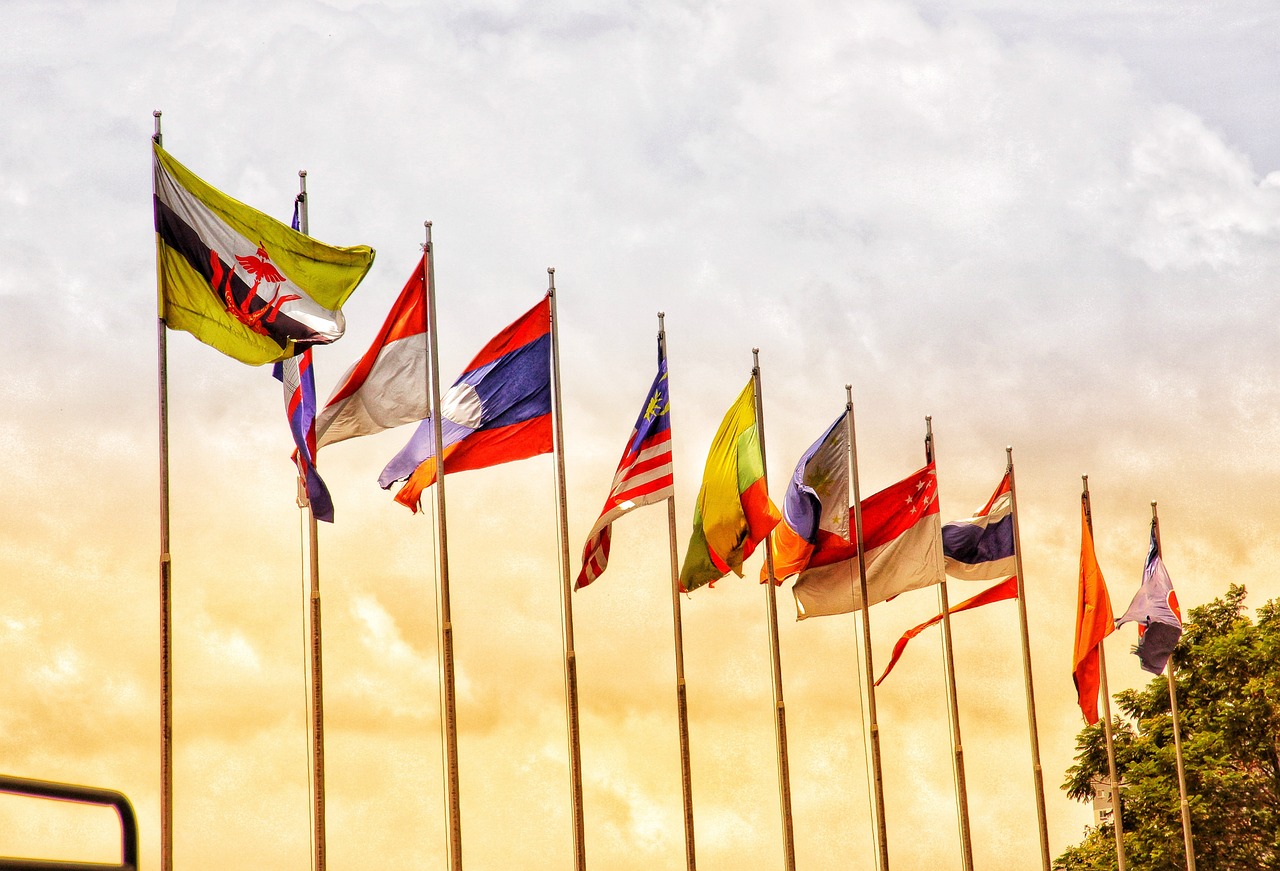ASEAN, Driving Asia Forward
In the complex tapestry of Asia, where diverse nations coexist with varying aims and ambitions, ASEAN (the Association of Southeast Asian Nations) has emerged as a beacon of regional cooperation.
At the recently concluded Horasis Asia Meeting on December 3-4, 2023, in Binh Duong, Vietnam, ASEAN was a key topic of discussion. The event brought together 300 CEOs, entrepreneurs and government representatives from Southeast Asia and beyond to discuss trends that will shape the region.
On August 8, 1967, ASEAN came into existence with a clear mission and purpose. Its objective was to foster collaboration in various domains, including the economic, social, cultural, technical and educational sectors. Additionally, ASEAN aimed to promote regional peace and stability by upholding fundamental values such as justice and the rule of law, all in accordance with the principles outlined in the United Nations Charter.
The “ASEAN Way” has played a pivotal role in bridging cultural intersections and fostering unity. This collaborative spirit has led to the establishment of key regional associations, such as the Regional Comprehensive Economic Partnership (RCEP) and the Comprehensive and Progressive Agreement for Trans-Pacific Partnership (CPTPP), aimed at deepening trade and harmonious relations across the Asia-Pacific region.
However, there are challenges in the region that require attention to ensure a resilient and sustainable path forward.
Fostering Economic Integration
ASEAN is home to a approximately 662 million people with a combined GDP of US$3.2 trillion. The bloc has played a central role in Asian economic integration, joining negotiations to form the RCEP — the world’s largest free trade agreement — and signing free trade deals with other economies in the region.
ASEAN has established free trade agreements with six key partners, including China (ACFTA), the Republic of Korea (AKFTA), Japan (AJCEP), India (AIFTA), and Australia and New Zealand (AANZFTA). To further strengthen cooperation and promote economic development in the region, the leaders of 16 participating nations came together to create the RCEP. The RCEP builds upon the existing ASEAN+1 FTAs and is guided by the spirit of enhancing economic connections, boosting trade and investment activities, and narrowing the development gap among member countries.
RCEP negotiations encompass various aspects, including trade in goods and services; investment, economic and technical cooperation; intellectual property; competition; dispute settlement; e-commerce; support for SMEs and other related issues. The significance of RCEP lies in its potential to offer substantial opportunities for businesses in East Asia. This is due to the collective strength of the 16 RCEP participating countries, which account for nearly half of the world’s population, contributing around 30% of global GDP, and representing over a quarter of worldwide exports.
Limitations Remain
Some limitations stand as barriers in fostering the ASEAN way, being largely rooted in the challenges of maintaining a unified front among member states, a lack of strategic vision, and sometimes weak leadership.
One of the primary challenges for ASEAN is that its member states often have divergent priorities, making it challenging to reach a consensus on key issues and formulate a cohesive regional strategy. Although ASEAN’s principles are enshrined in the ASEAN Charter, it often lacks the kind of unified vision that organizations like the European Union possess. This can hamper its ability to tackle complex and evolving regional challenges.
Leadership within ASEAN can also be a limiting factor. Rotating leadership and the principle of consensus-driven decision-making can sometimes lead to slow responses and a reluctance to take a strong stance on critical issues. This can be especially problematic in situations where immediate and decisive action is required.
Pathway Forward
ASEAN has been actively engaged in initiatives aimed at promoting growth and inclusivity in the Asia-Pacific region. China, in particular, has announced its intention to collaborate with ASEAN to advance the development of key emerging industries, with a specific focus on sectors such as new energy vehicles, the digital economy, and energy electronics.
Malaithong Kommasith, the Minister of Industry and Commerce of Laos, highlighted the various challenges faced by emerging industries. These obstacles encompass a lack of consumer awareness, limited access to financing, regulatory restrictions, high research and development costs, and an environment that may not be conducive to growth. He emphasized that strategic collaboration, such as that between China and ASEAN, can be pivotal in addressing the economic repercussions of the COVID-19 pandemic.
Huawei has also committed to assist ASEAN countries in establishing a digital talent ecosystem. The company has undertaken several projects in recent years, resulting in the nurturing of more than 200,000 digital professionals. These efforts are a significant contribution to the region’s digital transformation and technological advancement, and could well represent an opportunity for ASEAN leaders to collaborate further with business and industry to drive the regional agenda forward.
Photo Caption: The ASEAN has done much to foster regional cooperation, but challenges remain.



